
It was a big year for Emory. Four years after the university was granted a charter in DeKalb County in 1915, Emory College joined the law school, the theology school, and the preclinical program of the medical school on the Druid Hills campus.
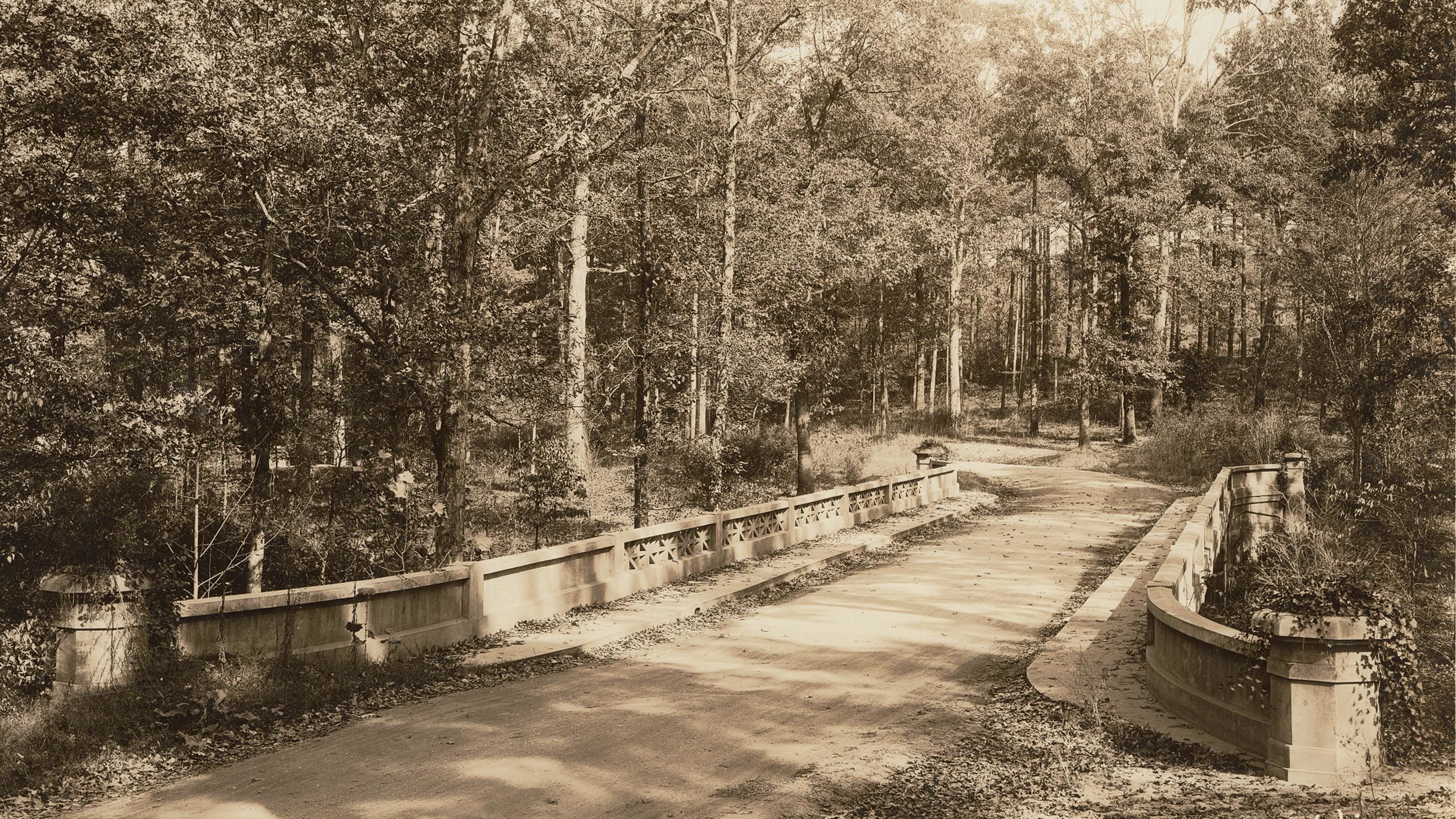
That same year, 1919, the graduate and business schools became distinct divisions and the university’s museum and independent student newspaper were established. Happy 100 to all. (Not to be outdone, Greek Life is celebrating 150.).
The rest, as they say, is history.
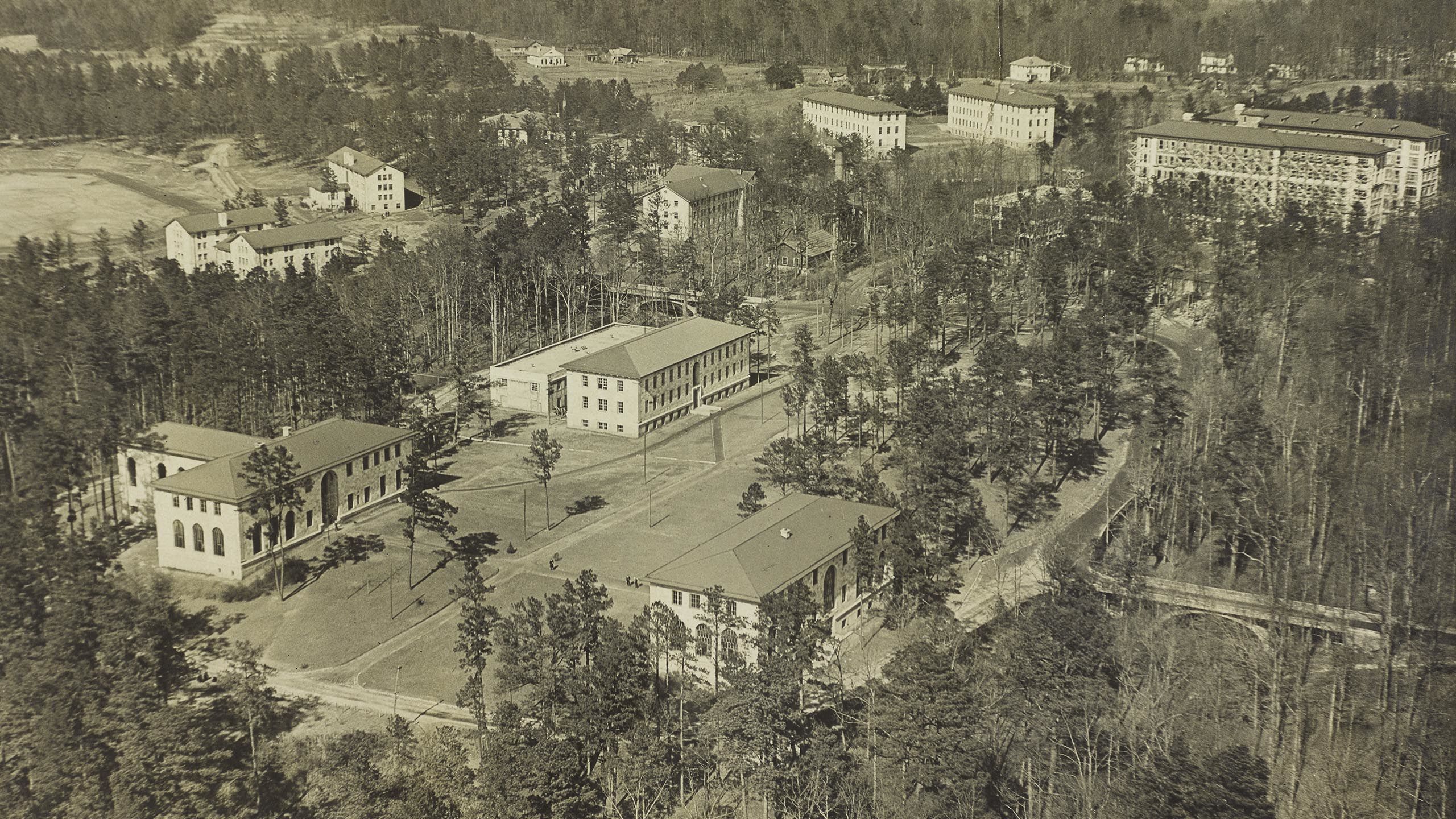
The Michael C. Carlos Museum
1876: A museum is formed on Emory’s original campus in Oxford, Georgia, displaying objects such as artifacts collected by Methodist missionaries and Emory faculty working in Asia.
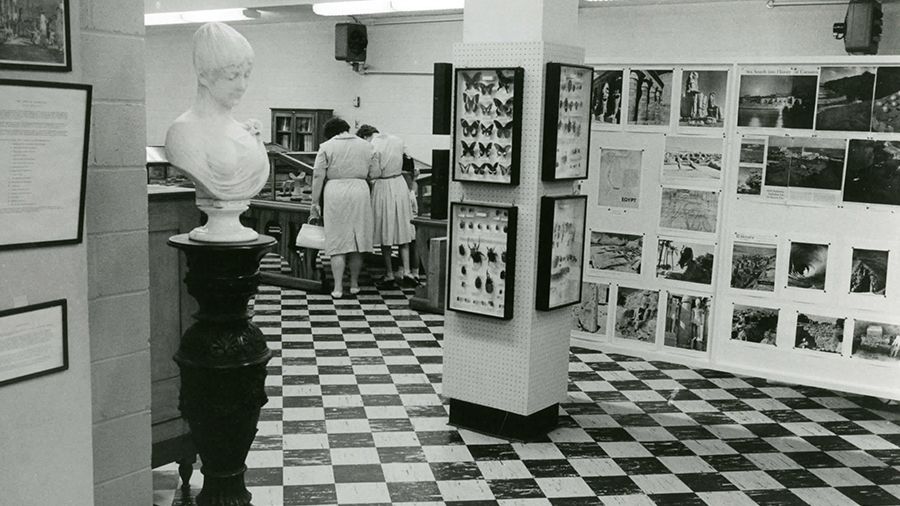
Bishops Hall
Bishops Hall
1919: The Emory University Museum is founded on the Druid Hills campus to “preserve and display university collections of ethnic, biological, geological, archaeological, and historical material.”
1921: William Arthur Shelton, a professor in Candler School of Theology, purchases an Old Kingdom mummy from the sacred site of Abydos in Middle Egypt. After spending more than ninety years in storage, it will be conserved and go on view as the oldest mummy in the Western Hemisphere.
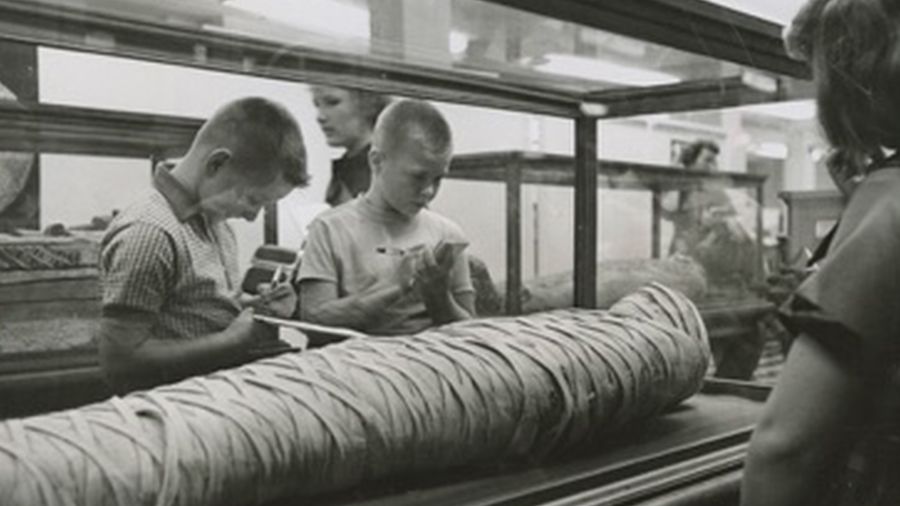
Students with mummy
Students with mummy
1954: Woolford Baker is named director of the museum. He initiates programs for local schools and establishes the museum as a valuable resource for all ages.
1985: With the support of local philanthropist Michael C. Carlos, the museum moves into the old law school building, whose renovation is designed by Michael Graves. When it reopens as the Emory Museum of Art and Archaeology, it presents a reorganized collection that aligns with Emory’s teaching and research.
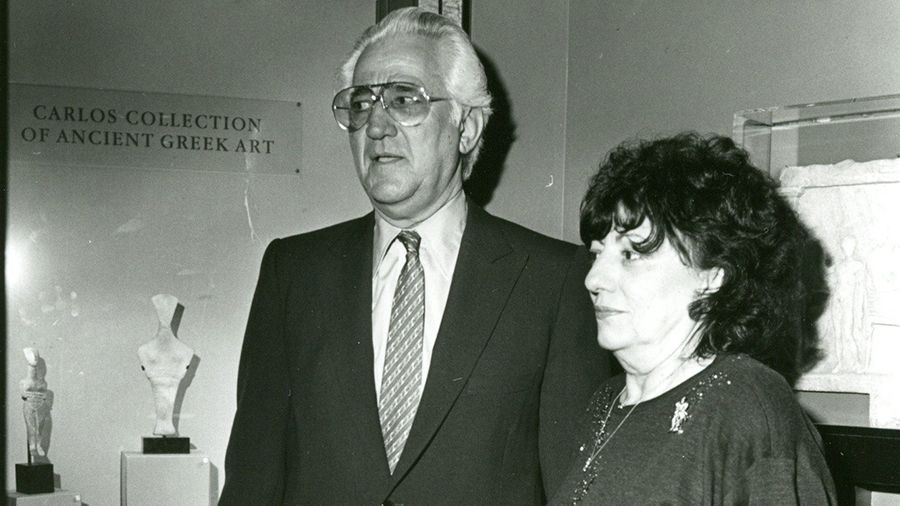
Thalia and Michael C. Carlos
Thalia and Michael C. Carlos
1993: An expanded museum, also supported by Carlos and designed by Graves, opens as the Michael C. Carlos Museum.
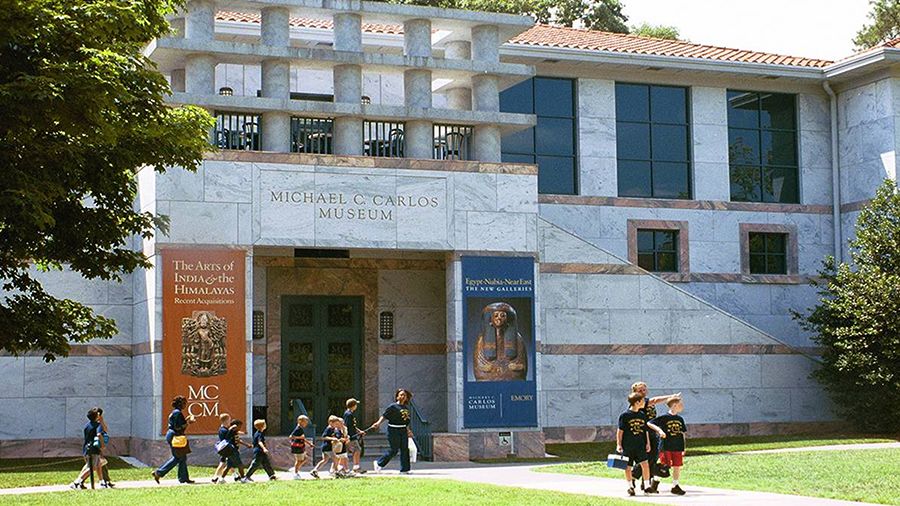
Summer camps have been held at the Carlos Museum for decades.
Summer camps have been held at the Carlos Museum for decades.
1999: The Carlos museum acquires the Egyptian collection of the Niagara Falls Museum, which was going out of business.
2003: The museum makes international headlines by returning a mummy believed to be royalty to Egypt.
2018: The museum opens the renovated Morgens West Foundation Galleries of Ancient Near Eastern Art.
2019: The museum celebrates its centennial by announcing the gift of the Senusret Collection, offering one hundred free admission days, and hosting a live reading of the Iliad.
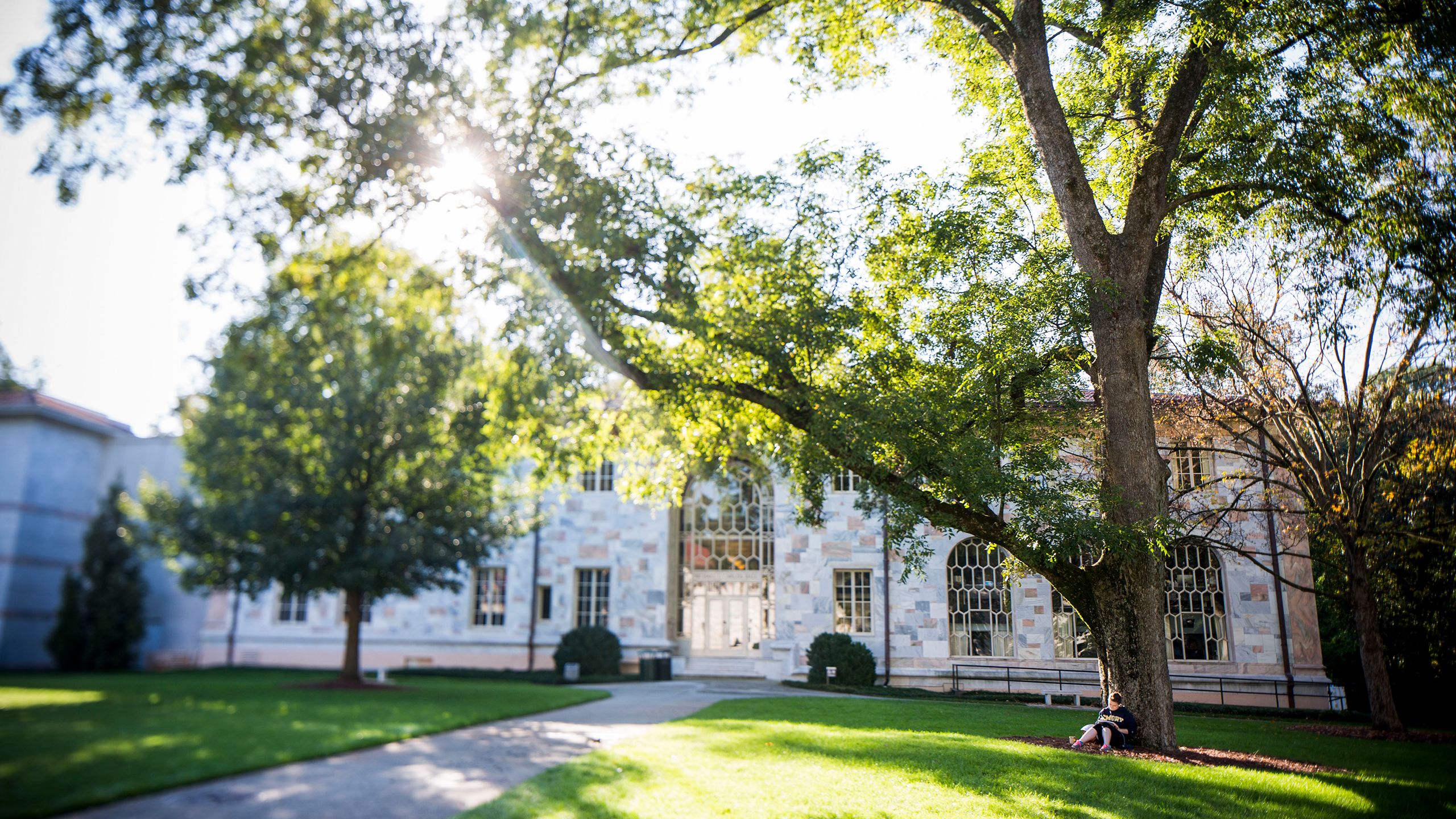
Laney Graduate School
1919: Emory’s Graduate School was organized as a distinct division of the university in 1919 with thirty-six graduate students enrolled. The first degree awarded was an MA to Charles Starnes.
1920: The first woman to earn a graduate degree from Emory was Cecelia Branham—coincidentally, the same year that Eléonore Raoul, the first woman to enroll for credit at Emory, earned her law degree, and the first year that women could vote in national elections after ratification of the Nineteenth Amendment.
1948: The first blue and gold doctor’s hood was draped on the shoulders of Thomas Johnston 40C 41G as he received the first Emory PhD degree, in chemistry.
1952: The Graduate School establishes the Graduate Institute of Liberal Arts, which served as a multidisciplinary program until 2017 and continues today for undergraduates.
1962: Robert Steele was the first African American to register for credit at Emory in 1962. He enrolled as a part-time student in a special program in the Graduate School.
1965: The Graduate School offers an MA degree in twenty-three subjects, an MS degree in eleven, an MAT in eight, a master of education, and a master of librarianship.

James Laney at an Emory baseball game.
James Laney at an Emory baseball game.
2009: The Graduate School is named for James Laney, president of Emory from 1977 to 1993.
2019: The Laney Graduate School celebrated its Centennial and the legacy of 16,118 graduate students.
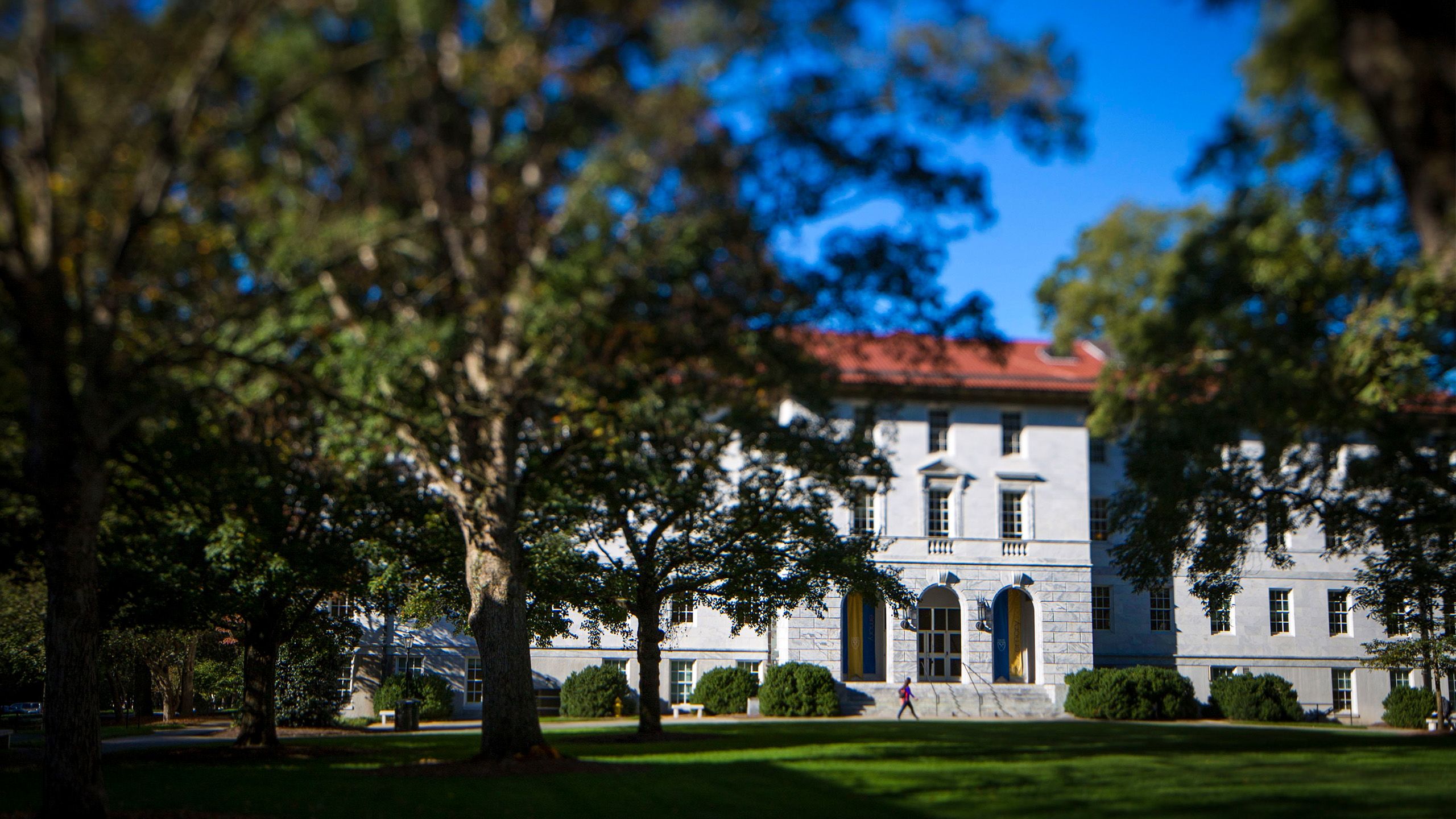
The Emory Wheel
1919: Chartered by the Student Government Association, Emory’s independent student newspaper is founded as the Emory Wheel—a play on emery wheel—to “sharpen the intellect of the university community.”
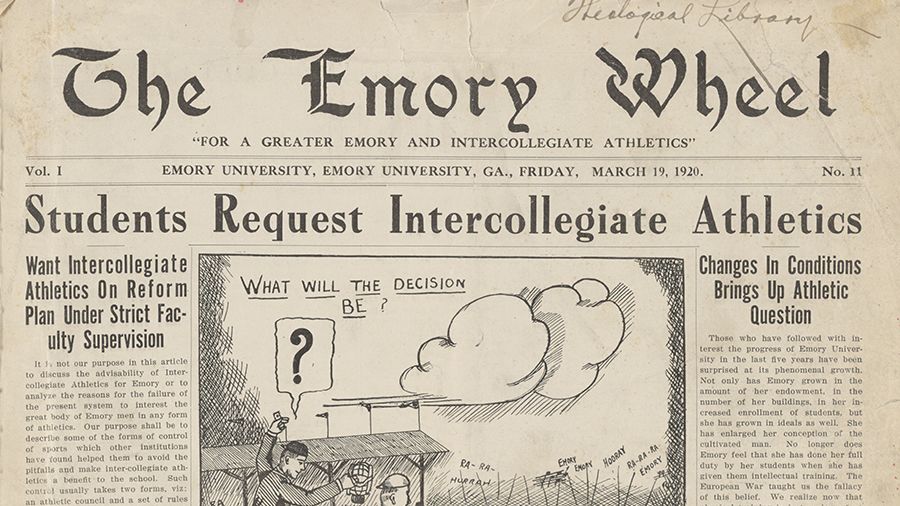
Full page below
Full page below
1970: An editorial leadership dust-up spawns a competitor newspaper, the Emory New Times; the two eventually merged and settled their differences.
1972: Noted author Carl Hiaasen 74C begins to develop his trademark irreverent style as a frequent contributor of satirical humor columns to the Wheel (he went on to graduate from the University of Florida); the Wheel claims many illustrious Emory alumni as former staff members and editors.
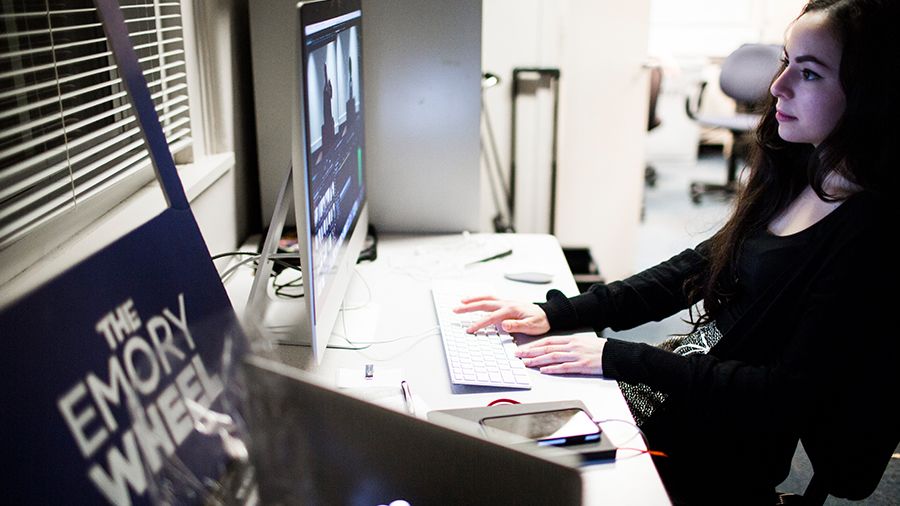
2015: The Wheel significantly boosts its online and social media presence while going from two to one print issue per week.
2016: An independent editorial board for the Wheel is formed, which discusses and develops the paper’s official opinion on campus, local, and national issues.
2019: The Wheel continues to print three thousand copies weekly for the campus community, produced entirely by students.
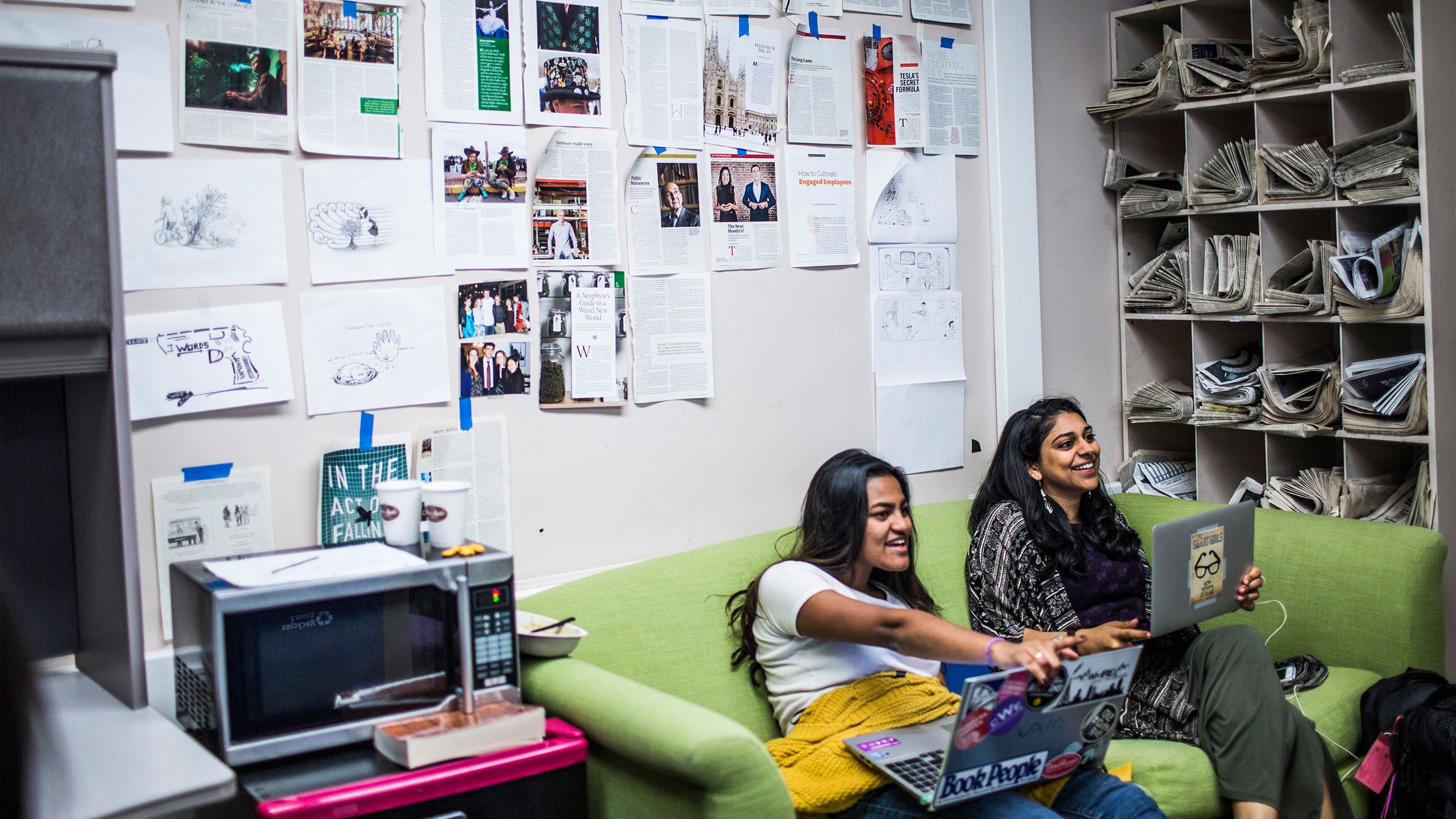
Goizueta Business School
1919: The dean of Emory College recommends the creation of a school of economics and business administration. The Board of Trustees approved the motion the same day. The purpose of the school is public service, training in business methods, and “training in social efficiency alongside financial development.”
1936: The school moves to its home in the C. L. Fishburne Building.
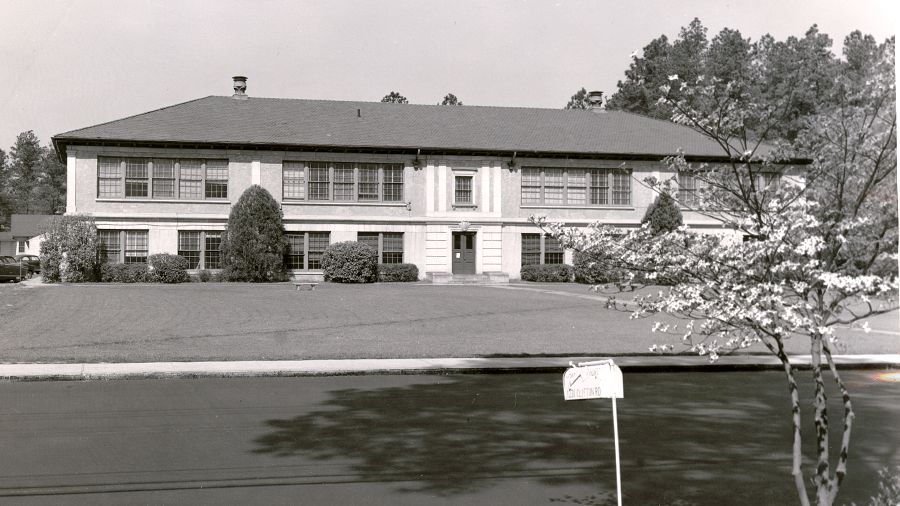
Fishburne building circa 1930s
Fishburne building circa 1930s
1947: The school receives a gift from the Rich Foundation, facilitating a move into a building of its own. (As enrollment increases, the school will moves into the first of two buildings at 1300 Clifton Road, due to a gift from the Woodruff Foundation.)
1954: The full-time MBA program is launched.
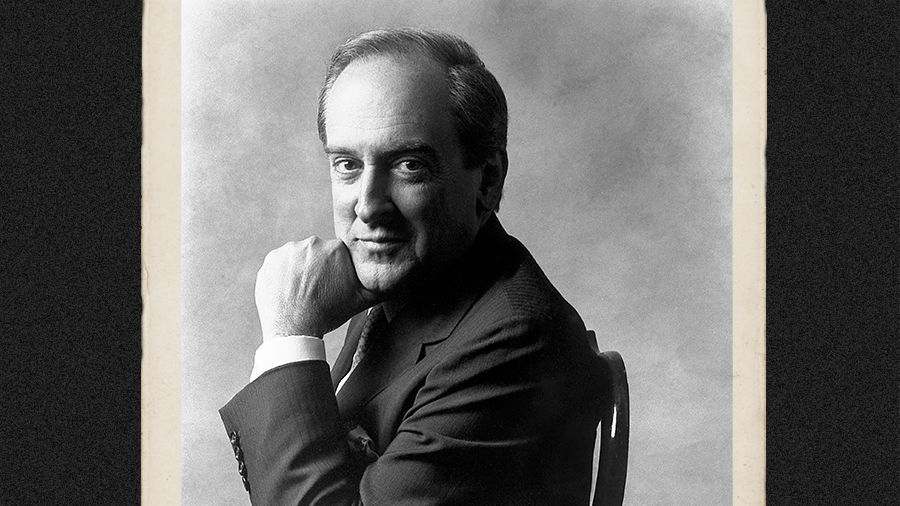
Roberto C. Goizueta
Roberto C. Goizueta
1994: The school is named in honor of Roberto C. Goizueta, former chair and CEO of The Coca-Cola Company.
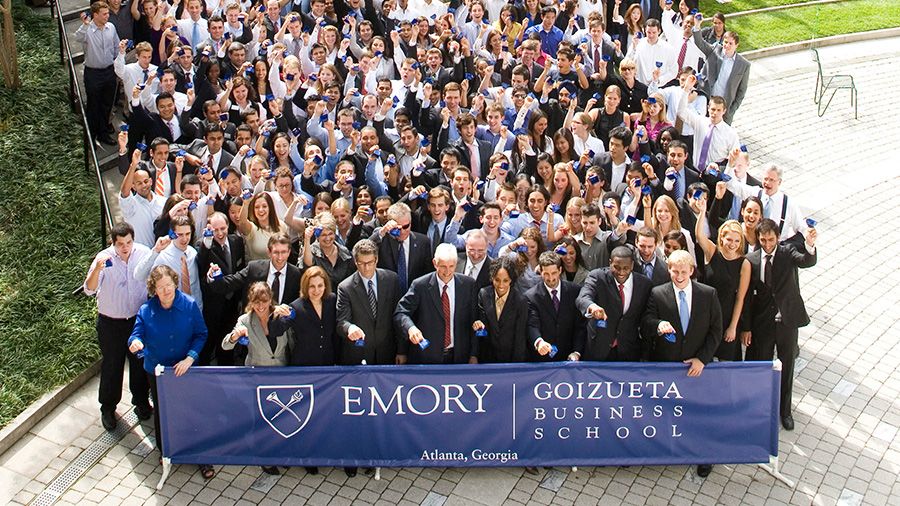
NTSE closing bell
NTSE closing bell
2009: The closing bell of the NYSE is rung in the Jenkins Courtyard, the first time ever that the bell has been rung from any educational institution.
2019: Ranked among the top-20 U.S. business schools, Goizueta continues to drive business forward with its BBA, MBA, MS in business analytics, PhD, and executive education programs.
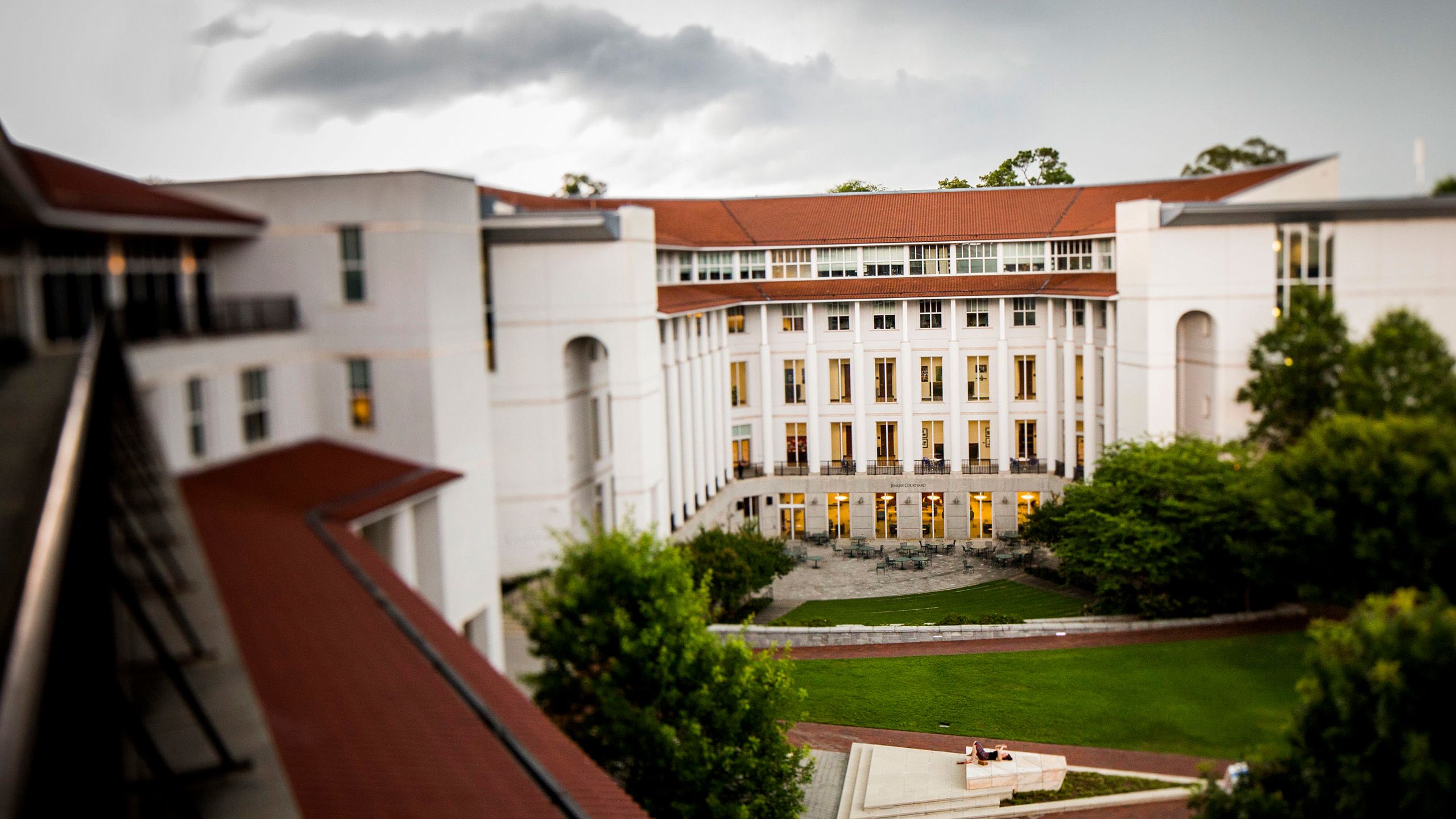
Greek Life at Emory
1869: The Board of Trustees lifts the ban on fraternities imposed twelve years earlier and gives official sanction to national chapters of Chi Phi and Kappa Alpha.
1959: The Emory Panhellenic Council is created, chartering nine national sororities, now celebrating six decades on campus.
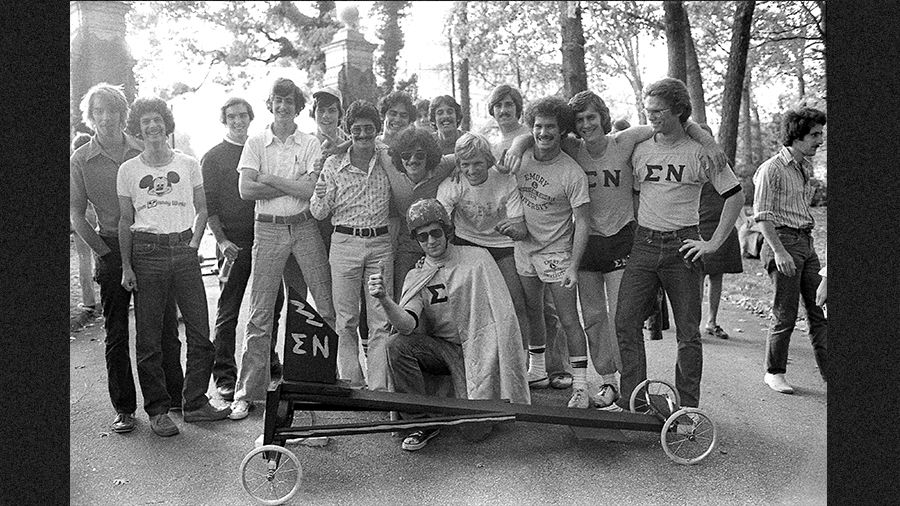
Greek fraternity at Emory circa 1970s
Greek fraternity at Emory circa 1970s
1976: Alpha Phi Alpha, a member of the National Pan-Hellenic Council, becomes Emory’s first historically African American fraternity.
2002: The first Greek multicultural organization (Delta Phi Lambda Sorority, Inc.) was founded at Emory
2011: The Multicultural Greek Council was established
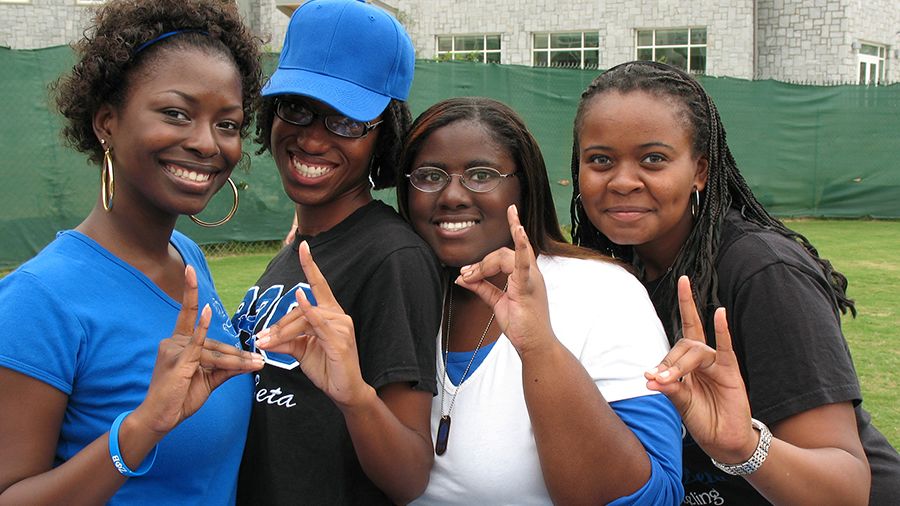
Zeta Phi Beta Emory sorority sisters
Zeta Phi Beta Emory sorority sisters
2016: Lambda Sigma Upsilon becomes Emory’s first Latino fraternity and a member of the Multicultural Greek Council.
2019: Approximately 30 percent of Emory students belong to one of thirty-five Greek organizations. Members have earned collective GPAs near 3.5, have donated more than $75,000 to philanthropies, and have given more than twenty-five thousand hours to community service.
YouTube video for Emory Greek Life

Want to know more?
Please visit Emory Magazine, Emory News Center, and Emory University.


